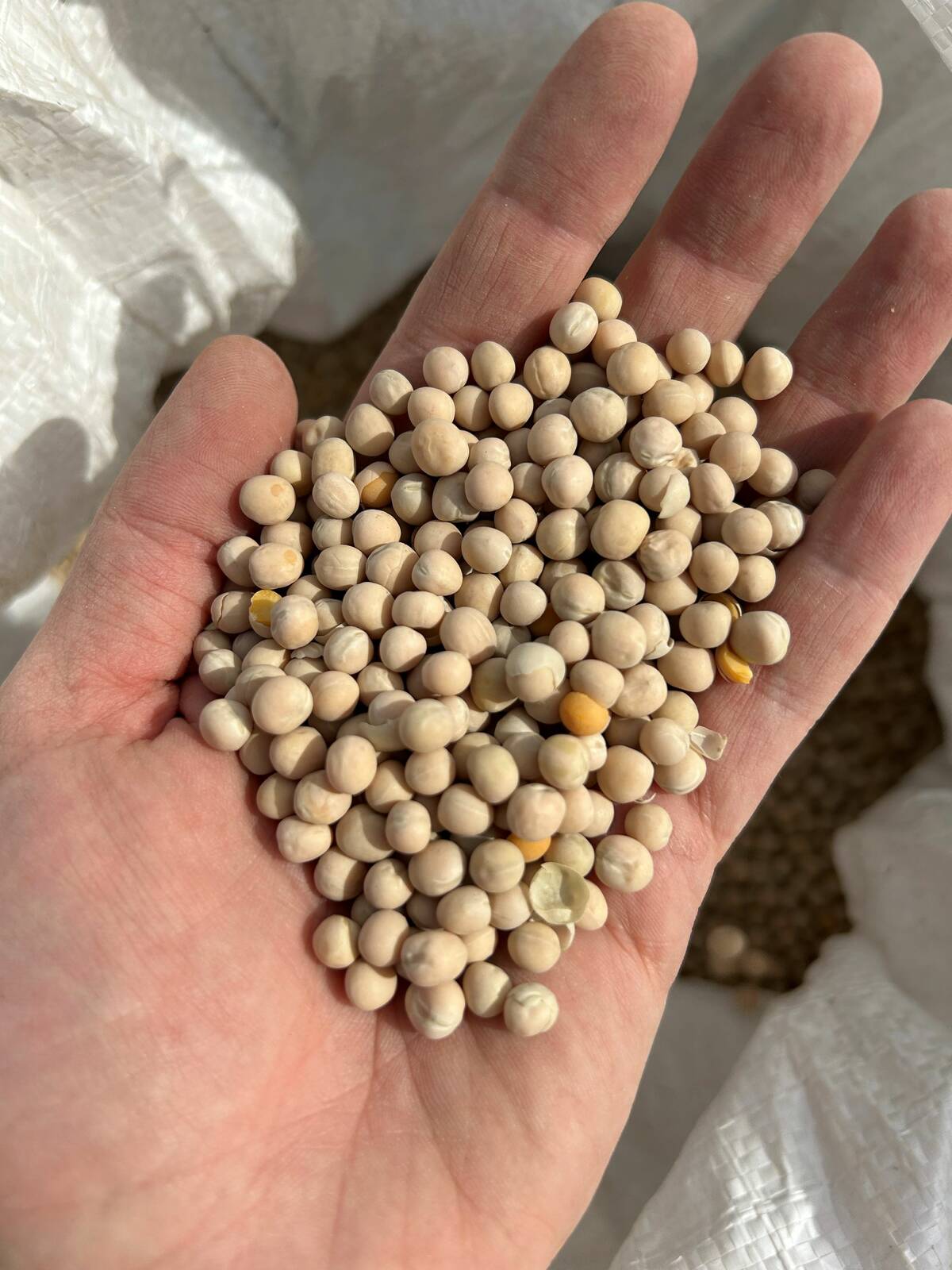(Resource News International) — Competition for Canada’s canola crop is expected to increase significantly between domestic processors and the country’s canola exporters in 2010, industry officials said.
“As more and more domestic processors come on line, the battle between the export and domestic sector is going to heat up and create good pricing opportunities for producers with canola,” said Ron Frost, an analyst with Frost Forecasting Corp. of Calgary.
He cited the two canola processing facilities recently built in the Yorkton, Sask. area as a prime example of the domestic sector starting to want more canola.
Read Also

Pulse Weekly: Tariffs guide yellow peas in 2025
Tariffs were a major influence on Canadian yellow pea prices in 2025, with levies imposed by China and India. The two countries are Canada’s biggest foreign pulse buyers.
“We have already begun to create a negative canola supply zone in the Yorkton area,” Frost said noting there is already talk about the pull of canola into the area.
Frost said he knows of contracts to sell canola in the Fort Saskatchewan area, northeast of Edmonton, with that canola destined to be railed back roughly 483 miles to one of the crushers at Yorkton.
What’s interesting about this, he said, is that normally that canola makes its way to the export market at the West Coast.
“This is a strong indication of just how aware the processors are of the need to be able to secure supply,” he said adding that this is also an example as to how much the flow of canola is going to be changed from its traditional movement.
The eastern third of the Canadian Prairies has traditionally supplied the movement of grains and oilseeds through Thunder Bay, Ont. while the western two-thirds of the Prairies has supplied the West Coast export program, Frost said.
“All of a sudden, there will be a significant canola flow change within Western Canada once all the new processors are on line,” Frost said.
The 850,000-tonne per year canola processor built by Louis Dreyfus Canada, in partnership with Mitsui Canada, in the Yorkton area just recently began operations.
A crushing plant has also been built at Yorkton by Richardson Oilseed Processing and is expected to be operational by the second quarter of 2010. Once the plant starts operations it will be capable of processing 840,000 tonnes of canola per year.
Meanwhile, Cargill also has a 895,000-tonne per year canola processing plant at Clavet, Sask., just east of Saskatoon and about 300 km northwest of Yorkton.
Frost pointed out that until canola acreage and production is guaranteed to be at a level that the Canadian canola industry can be comfortable with, there will definitely be periods of time which will result in higher cash bids for growers.
“It will really come down to who wants the canola more: the domestic processors or the exporters,” Frost said.
“Buyer of opportunity”
China’s recent ban on Canadian canola over blackleg also shows how Canada’s increased crush capacity helped to offset the move.
Frost indicated that because of the ban on Canadian canola seed, the bigger crush capacity of the domestic processors will result in more canola oil moving to China.
“There has been a lot of news coverage on the issue of Canadian canola not moving to China, but there is now the ability to move Canadian canola oil to that country instead,” Frost said. “This just emphasizes the point of extra canola capacity coming on line in Canada and the fact that Chinese crushers will take the oil if they can not get the seed.”
Sinograin on Monday outlined its goal to increase Canadian canola oil imports by an additional 200,000 tonnes for a total of 350,000 tonnes in 2010. The Canola Council of Canada estimates these increased sales will be worth $180 million.
Frost indicated that the lost Canadian canola sales to China have also been blown out of proportion, with Canadian exporters already moving canola that would have been destined to China to other locations.
“China is a buyer of opportunity,” Frost said. “If you look at a 10-year chart of Canada’s canola export destinations, China has been a buyer when canola is cheap relative to everything else and they haven’t been a buyer when values for canola have been high.
“I think we have an interesting next 12 to 18 months in the canola market in Western Canada,” he said, adding that there will be no problem in finding outlets for a Canadian canola crop in the area of 12 million tonnes when all of this has been sorted out.
Yield potential
“There is no doubt, going to be more competition between Canada’s exporters and domestic crushers for available canola supplies, but one must also take into consideration that production is also on the rise,” said Jerry Klassen, an independent analyst and futures trader in Winnipeg.
Ongoing research has improved the varieties of canola available and at the same time increased the yield potential, he said.
As a result, the size of the Canadian canola crop will continue to grow quite steadily over the next five to 10 years, not only in acreage but in yield potential as well, Klassen said.
Trend yields for canola have risen steadily during the past 10 years. “It used to be if a producer got 26 bushels of canola an acre, that individual would be ecstatic,” Klassen said. “Now we are seeing producers average 34 to 36 bushels an acre even under adverse weather conditions like we did during the 2009 growing season.”
The export scenario will also depend heavily on what’s happening in some other major canola-producing countries, Klassen said, noting that production outside of Canada is also on the rise and could negatively impact Canada’s ability to export.
“Canada is likely to see some extra export demand, but we also have to take into consideration the large canola crops being produced in other parts of the world, such as Ukraine and Europe,” Klassen said.














